Discover the Women of the Hall
These are the Inductees of the National Women’s Hall of Fame. Select any of the women to discover their stories and learn how they have influenced other women and this country.
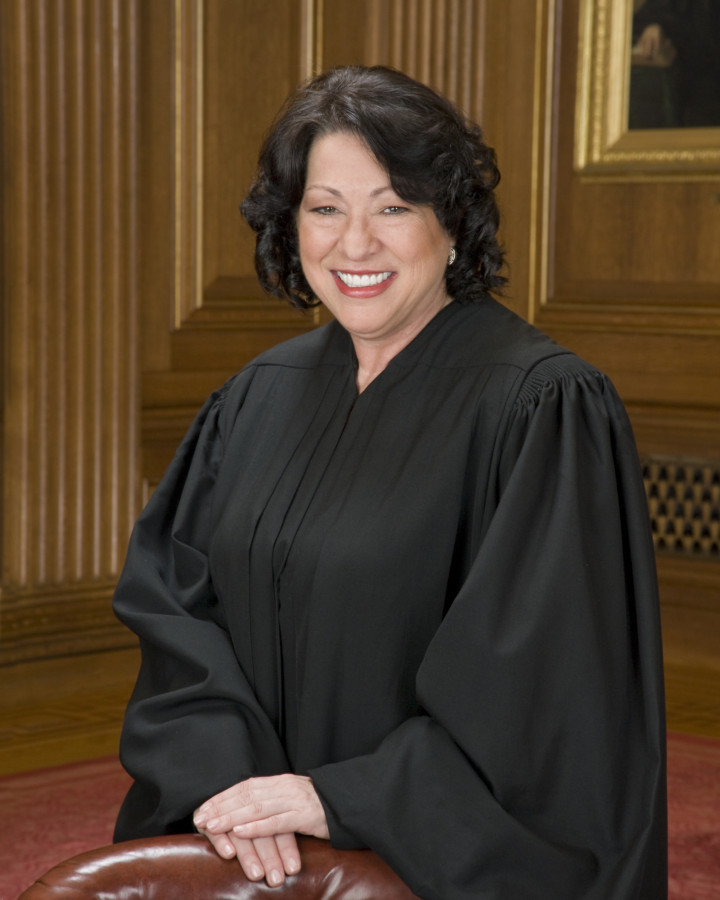
Sonia Sotomayor
Sonia Sotomayor is an Associate Justice of the Supreme Court of the United States, appointed by President Barack Obama in 2009 after leadership as an assistant district attorney, in private practice and across a distinguished judicial career. She is the third woman to be appointed to the Supreme Court and the first Hispanic and Latina Justice in the Court’s 230 years. A graduate of Princeton and Yale Law School, Sotomayor’s experiences as one of few Latinas at these institutions led her to advocate for inclusion on campuses, foreshadowing her focus on public service across her career. During her tenure on the Supreme Court, Sotomayor has been reputed for her work concerning the rights of defendants, calls for reform of the criminal justice system, and attention to issues of race, gender and ethnic identity. Justice Sotomayor is also an author, including of “My Beloved World/Mi Mundo Adorado,” “A Judge Grows in the Bronx/La juez que creció en el Bronx” and “Turning pages/Pasando Páginas.” A recipient of the Katherine Hepburn Award from Bryn Mawr College honoring women who change the world, Sotomayor has also received multiple honorary degrees, including from her alma mater Princeton University.
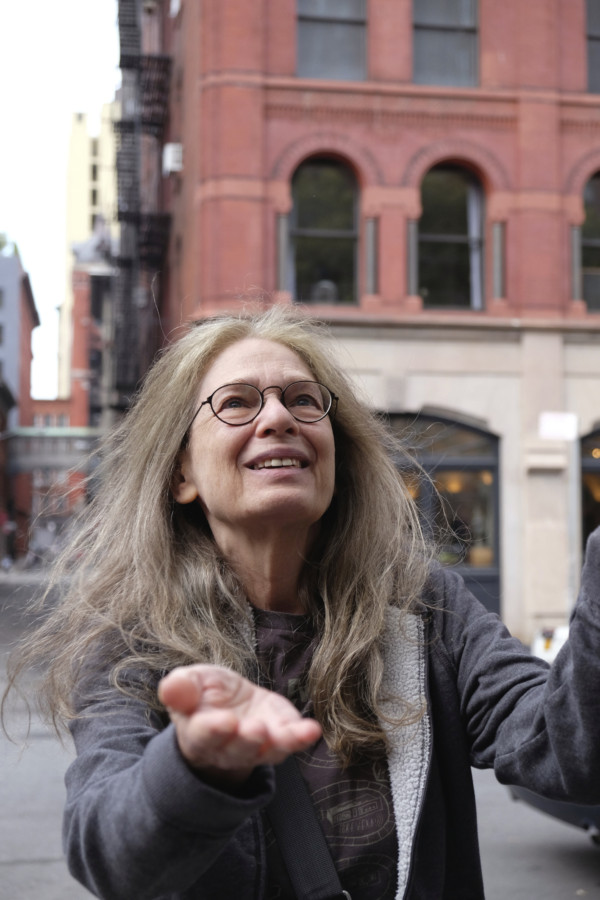
Laurie Spiegel
A composer whose work appears on NASA’s “Golden Record,” (shipped out on the Voyager spacecraft) Laurie Spiegel is known worldwide for her pioneering work with early electronic and computer music systems. A cutting-edge thinker, her experience with early analogue electronic music systems led Spiegel to innovate musically and instrumentally. She has focused largely on interactive software that uses algorithmic logic as a supplement to human abilities, thereby expanding access to creative expression for a far greater number of people than was previously allowed through traditional methods of musical training. The aesthetics of musical structure and cognitive processes have also been a focus of Spiegel’s work. Spiegel’s work has been re-issued, having appeared in the popular Hunger Games movies, highlighted in the 2018 BBC Proms, and featured in various museum settings where the intersection of electronic music compositions, the machines and software used to create those compositions, and the visual arts have come together in harmony.
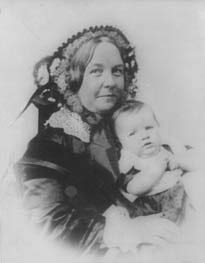
Elizabeth Cady Stanton
Suffragist and reformer. Stanton noticed from her earliest years that women were not treated equally with men. In 1848, she and others convened the first Women’s Rights Convention in Seneca Falls, New York, bringing 300 individuals together, including Frederick Douglass. Stanton determined that the right to vote was the key to women’s equality. Throughout her life and partnership with Susan B. Anthony, she wrote and argued brilliantly for women’s equality through the right to vote.
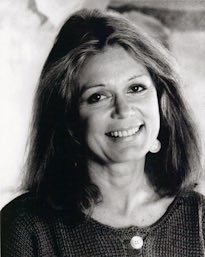
Gloria Steinem
Feminist leader, writer and social activist. A founder of Ms. Magazine, Steinem also co-convened the National Women’s Political Caucus and helped create the Ms. Foundation for Women. A best-selling author, her latest works are Revolution from Within: A Book of Self Esteem for Women and Moving Beyond Words.
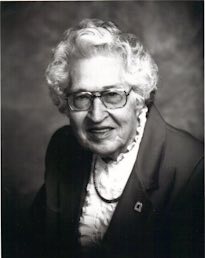
Helen Stephens
Athlete who set a world record and won two track and field gold medals at the 1936 Olympics. As an amateur, Stephens set Olympic, American and Canadian records in running, broad jump and discus. The small-town Missouri girl went on to become the first woman owner/manager of a women’s semiprofessional ball team and a lifetime sports advocate.
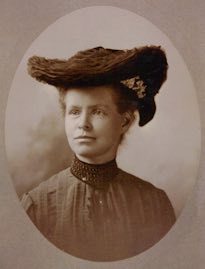
Nettie Stevens
Research biologist who identified that the “X” and “Y” chromosomes determined the sex of humans, ending scientific debate as to whether sex was determined by heredity or other factors. Stevens was a biology professor at Bryn Mawr College throughout her career.

Sonia Sotomayor
Sonia Sotomayor is an Associate Justice of the Supreme Court of the United States, appointed by President Barack Obama in 2009 after leadership as an assistant district attorney, in private practice and across a distinguished judicial career. She is the third woman to be appointed to the Supreme Court and the first Hispanic and Latina Justice in the Court’s 230 years. A graduate of Princeton and Yale Law School, Sotomayor’s experiences as one of few Latinas at these institutions led her to advocate for inclusion on campuses, foreshadowing her focus on public service across her career. During her tenure on the Supreme Court, Sotomayor has been reputed for her work concerning the rights of defendants, calls for reform of the criminal justice system, and attention to issues of race, gender and ethnic identity. Justice Sotomayor is also an author, including of “My Beloved World/Mi Mundo Adorado,” “A Judge Grows in the Bronx/La juez que creció en el Bronx” and “Turning pages/Pasando Páginas.” A recipient of the Katherine Hepburn Award from Bryn Mawr College honoring women who change the world, Sotomayor has also received multiple honorary degrees, including from her alma mater Princeton University.

Laurie Spiegel
A composer whose work appears on NASA’s “Golden Record,” (shipped out on the Voyager spacecraft) Laurie Spiegel is known worldwide for her pioneering work with early electronic and computer music systems. A cutting-edge thinker, her experience with early analogue electronic music systems led Spiegel to innovate musically and instrumentally. She has focused largely on interactive software that uses algorithmic logic as a supplement to human abilities, thereby expanding access to creative expression for a far greater number of people than was previously allowed through traditional methods of musical training. The aesthetics of musical structure and cognitive processes have also been a focus of Spiegel’s work. Spiegel’s work has been re-issued, having appeared in the popular Hunger Games movies, highlighted in the 2018 BBC Proms, and featured in various museum settings where the intersection of electronic music compositions, the machines and software used to create those compositions, and the visual arts have come together in harmony.

Elizabeth Cady Stanton
Suffragist and reformer. Stanton noticed from her earliest years that women were not treated equally with men. In 1848, she and others convened the first Women’s Rights Convention in Seneca Falls, New York, bringing 300 individuals together, including Frederick Douglass. Stanton determined that the right to vote was the key to women’s equality. Throughout her life and partnership with Susan B. Anthony, she wrote and argued brilliantly for women’s equality through the right to vote.

Gloria Steinem
Feminist leader, writer and social activist. A founder of Ms. Magazine, Steinem also co-convened the National Women’s Political Caucus and helped create the Ms. Foundation for Women. A best-selling author, her latest works are Revolution from Within: A Book of Self Esteem for Women and Moving Beyond Words.

Helen Stephens
Athlete who set a world record and won two track and field gold medals at the 1936 Olympics. As an amateur, Stephens set Olympic, American and Canadian records in running, broad jump and discus. The small-town Missouri girl went on to become the first woman owner/manager of a women’s semiprofessional ball team and a lifetime sports advocate.

Nettie Stevens
Research biologist who identified that the “X” and “Y” chromosomes determined the sex of humans, ending scientific debate as to whether sex was determined by heredity or other factors. Stevens was a biology professor at Bryn Mawr College throughout her career.
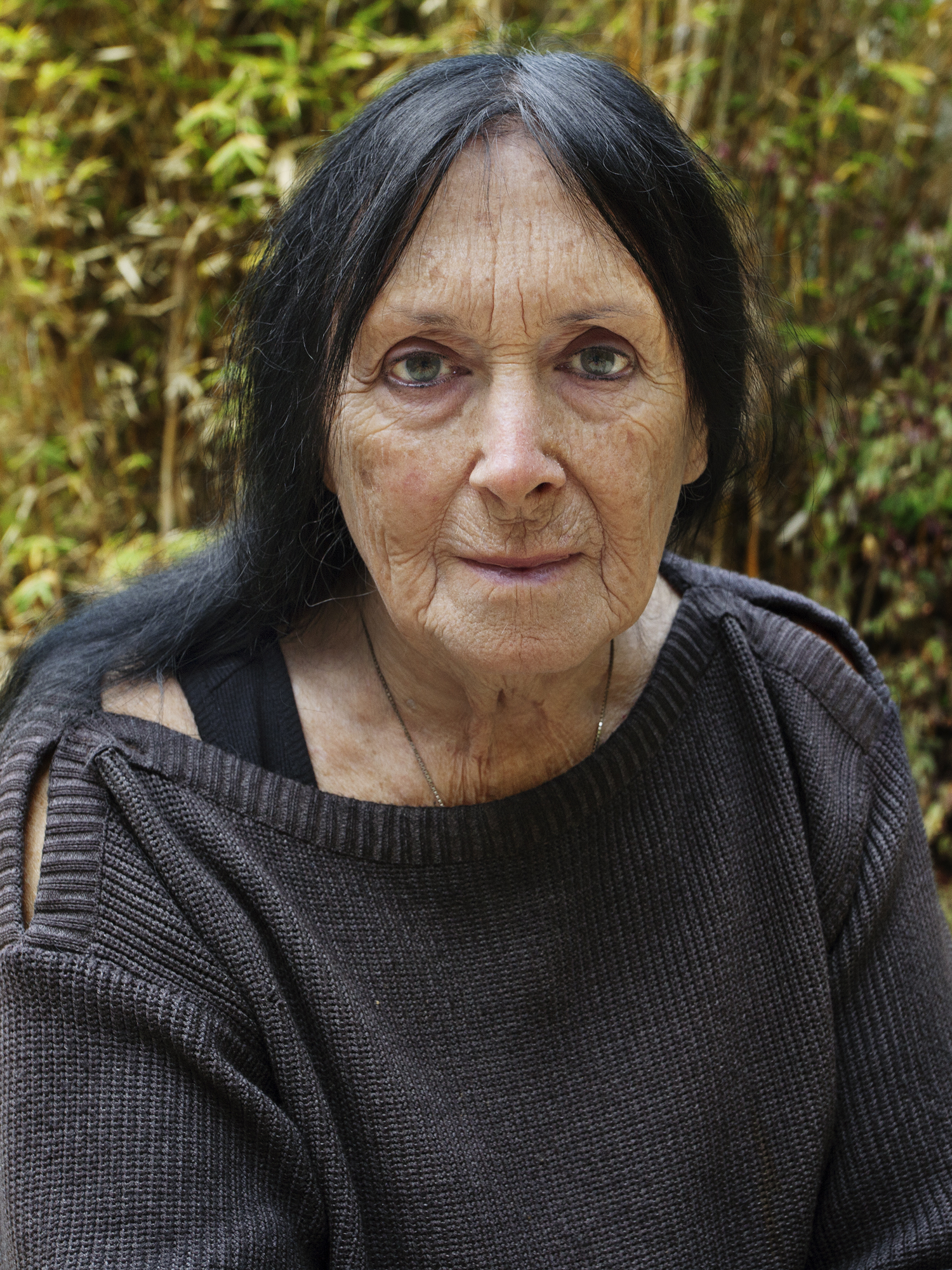
Allucquére Rosanne Stone
Allucquére Rosanne Stone, also known as Sandy Stone, is an academic, media theorist, artist, audio engineer, and computer programmer. A founder of the academic discipline of transgender studies, Stone’s trailblazing work created space for trans scholars to unfold the vast spectrum of gender.
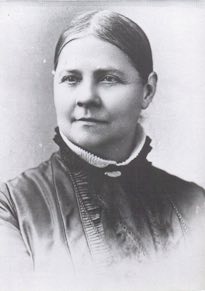
Lucy Stone
Early suffrage leader who began as an anti-slavery public advocate, followed by a lifetime of work for women’s right to vote. Stone was a sophisticated political tactician and founded The Women’s Journal, a fascinating archive of women’s history published from 1870 to 1893.
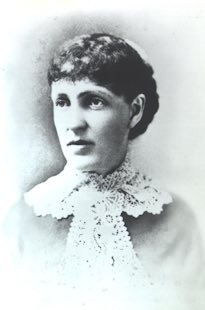
Kate Stoneman
Kate Stoneman was the first woman admitted to practice law in New York State. In 1885, she became the first female to pass the New York State Bar Exam, but her 1886 application to join the bar was rejected because of her gender. Stoneman immediately launched a lobbying campaign to amend the Code of Civil Procedure to permit the admission of qualified applicants without regard to sex or race, and was successfully admitted to the bar later the same month. In 1898, she became the first female graduate of Albany Law School, and was the first woman to receive a bachelor’s degree from any department of Union University.
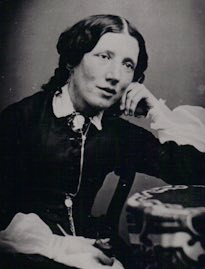
Harriet Beecher Stowe
Author and daughter of a minister, Stowe became one of the first women to earn a living by writing, publishing the best-seller Uncle Tom’s Cabin in 1852. Although she wrote much more, her best-seller was often acclaimed as a major factor in the drive to abolish slavery.
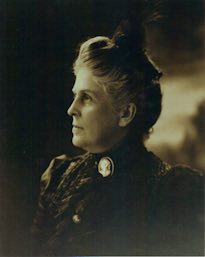
Harriet Williams Russell Strong
An inventor of water-conservation techniques, she was also a very successful businesswoman. Her water irrigation systems are credited with being one of the factors in the development of southern California as a major agricultural region.
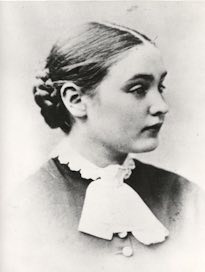
Anne Sullivan
Best known as the woman who taught Helen Keller to read, write and minimally speak, Anne Sullivan lost her own sight to trachoma at an early age. She went on to graduate from Perkins School for the Blind in Boston and eventually receive medical treatment that restored her sight. Both Sullivan and Keller became role models for thousands of physically challenged people around the world.

Allucquére Rosanne Stone
Allucquére Rosanne Stone, also known as Sandy Stone, is an academic, media theorist, artist, audio engineer, and computer programmer. A founder of the academic discipline of transgender studies, Stone’s trailblazing work created space for trans scholars to unfold the vast spectrum of gender.

Lucy Stone
Early suffrage leader who began as an anti-slavery public advocate, followed by a lifetime of work for women’s right to vote. Stone was a sophisticated political tactician and founded The Women’s Journal, a fascinating archive of women’s history published from 1870 to 1893.

Kate Stoneman
Kate Stoneman was the first woman admitted to practice law in New York State. In 1885, she became the first female to pass the New York State Bar Exam, but her 1886 application to join the bar was rejected because of her gender. Stoneman immediately launched a lobbying campaign to amend the Code of Civil Procedure to permit the admission of qualified applicants without regard to sex or race, and was successfully admitted to the bar later the same month. In 1898, she became the first female graduate of Albany Law School, and was the first woman to receive a bachelor’s degree from any department of Union University.

Harriet Beecher Stowe
Author and daughter of a minister, Stowe became one of the first women to earn a living by writing, publishing the best-seller Uncle Tom’s Cabin in 1852. Although she wrote much more, her best-seller was often acclaimed as a major factor in the drive to abolish slavery.

Harriet Williams Russell Strong
An inventor of water-conservation techniques, she was also a very successful businesswoman. Her water irrigation systems are credited with being one of the factors in the development of southern California as a major agricultural region.

Anne Sullivan
Best known as the woman who taught Helen Keller to read, write and minimally speak, Anne Sullivan lost her own sight to trachoma at an early age. She went on to graduate from Perkins School for the Blind in Boston and eventually receive medical treatment that restored her sight. Both Sullivan and Keller became role models for thousands of physically challenged people around the world.

Kathrine Switzer
As the first woman to officially enter the Boston Marathon (1967), Kathrine Switzer broke the gender barrier and paved the way for women in running. Still recognized as a leader in the running world, Switzer has completed over thirty-seven marathons and has dedicated her career to creating opportunities and equal sport status for women. In 1977, she founded the Avon International Running Circuit, and in 1984, she was a leader in making the women’s marathon an official event in the Olympic Games. Switzer is an Emmy Award-winning television commentator who has broadcasted for ABC, CBS, NBC and ESPN.
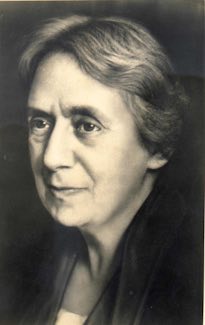
Henrietta Szold
The daughter of Hungarian immigrants, educator and social pioneer Henrietta Szold was an important figure in both American and Jewish history. In 1889, she opened a night school to educate immigrants in English and civics, creating a model for other night schools and immigrant education programs. Her groundbreaking work in the American Jewish community continued with her founding of Hadassah, the Women’s Zionist Organization of America, in 1912. Ms. Szold moved to pre-state Israel in 1920, continuing her work with the American Zionist Medical Unit, which she organized in 1918.

Kathrine Switzer
As the first woman to officially enter the Boston Marathon (1967), Kathrine Switzer broke the gender barrier and paved the way for women in running. Still recognized as a leader in the running world, Switzer has completed over thirty-seven marathons and has dedicated her career to creating opportunities and equal sport status for women. In 1977, she founded the Avon International Running Circuit, and in 1984, she was a leader in making the women’s marathon an official event in the Olympic Games. Switzer is an Emmy Award-winning television commentator who has broadcasted for ABC, CBS, NBC and ESPN.

Henrietta Szold
The daughter of Hungarian immigrants, educator and social pioneer Henrietta Szold was an important figure in both American and Jewish history. In 1889, she opened a night school to educate immigrants in English and civics, creating a model for other night schools and immigrant education programs. Her groundbreaking work in the American Jewish community continued with her founding of Hadassah, the Women’s Zionist Organization of America, in 1912. Ms. Szold moved to pre-state Israel in 1920, continuing her work with the American Zionist Medical Unit, which she organized in 1918.
